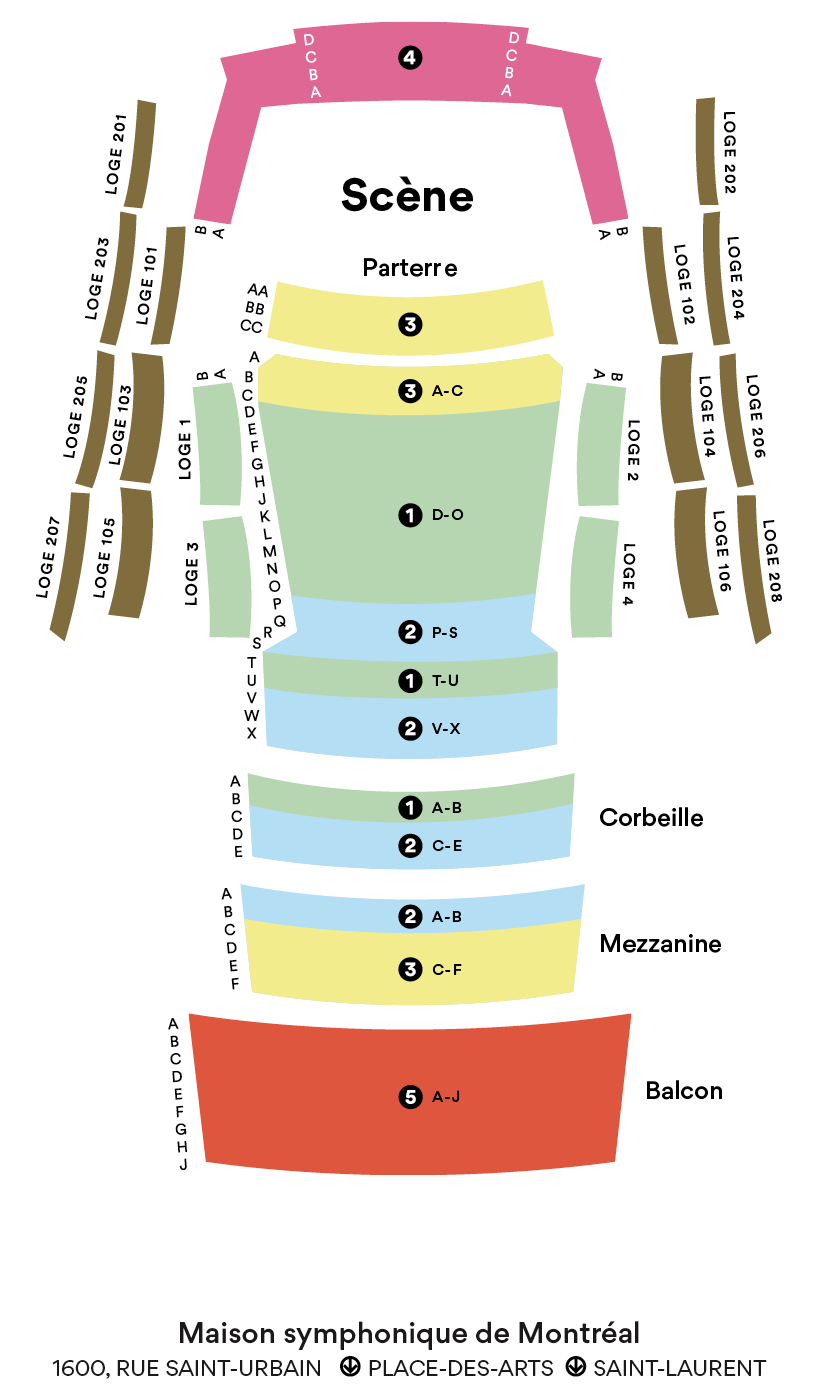Symphony No. 6 in B minor “Pathétique”
Tchaikovsky
1840-1893
Among the great composers, Tchaikovsky was certainly one of the most gifted at writing unforgettable melodies that immediately tug at listeners’ heart strings. In any case, he is the most beloved of Russian composers. One could say he is to Russia what Dvořák is to Bohemia: both composed abundantly in the main music genres developed in Germany and Austria – symphonies, concertos, operas, chamber music, etc. – while also conveying the deep soul of their respective countries.
Dvořák was particularly affected by the music of Brahms, while the very young Tchaikovsky was impressed by Mozart. “The music of Don Giovanni was the first that turned my world upside down,” wrote Tchaikovsky. “It awoke in me a rapture, and we know where that has led… It is to Mozart who I am obliged for convincing me to dedicate my life to music.”
While that may be true, the content of Tchaikovsky’s musical discourse, in particular the fatum theme, makes him a true Romantic. The composer defined fatum as “that fateful force which prevents the impulse to happiness from achieving its aim, which jealously guards against well-being and happiness being complete and unclouded, which hangs overhead like the sword of Damocles and unwaveringly and constantly poisons the soul. This force is invincible, and you will never overpower it. All that remains is to resign yourself to never-ending sorrow.”
The idea of fatum finds anguished expression in several of Tchaikovsky’s works, including the Romeo and Juliet fantasy-overture (1870), the symphonic poems Fatum (1869), Francesca da Rimini (1877) and Hamlet (1888) and the programmatic Manfred Symphony (1886). Tchaikovsky thoroughly explored this idea of a futile struggle against fate in his last three symphonies, which are sometimes referred to as the “Fate trilogy” and whose discourse has an exceptional expressive force.
Tchaikovsky’s interest in the theme of fate arose in part from the Russian Romantic temperament. Similar preoccupations can be found in Tolstoy and even more in Dostoyevsky. However, Tchaikovsky’s exploration of fatum is more intimately related to his states of mind. Extremely discreet in his daily life, the composer channelled the intensity of his suffering into a flood of music, a suffering mostly related to his struggle with what he himself termed an “illness,” this being a time and place when homosexuality was considered a shameful sin.
The nickname “Pathétique” was suggested to Tchaikovsky by his brother Modeste after the work was completed. The symphony innovates with an arch-like structure in which the somber introductory Adagio finds echo in the Adagio lamentoso of the last movement, the symphony’s climax that expresses an almost unbearable pain. The idea of making the finale an Adagio instead of an Allegro would be borrowed by others, notably Mahler.
The premiere of the “Pathétique” in Saint Petersburg on October 16, 1893, was a triumph. Nine days later, according to a plausible theory, Tchaikovsky was condemned to suicide by a “court of honour” comprised of colleagues in order to avoid a scandal that would otherwise have tarnished the reputation of Saint Petersburg’s entire musical community.
“ … I absolutely consider [the sixth symphony] to be the best and, especially, the most sincere of all the works I have written. I love it as I have never loved any of my other scores.” So wrote Tchaikovsky about his “Pathétique.”
© Claudio Ricignuolo
Translation by Craig Schweickert
